Introduction
Shiitake mushrooms, often referred to as white snow mushrooms due to their pristine appearance, are a popular culinary delight enjoyed worldwide for their delicate flavor and nutritional benefits. These mushrooms are rich in vitamins, minerals, and antioxidants, making them a staple in many healthy diets. However, like all perishable food items, shiitake mushrooms can spoil if not stored properly or if left for too long. Knowing how to determine if shiitake mushrooms have gone bad is crucial to avoid food poisoning and maintain the quality of your meals. This comprehensive guide will walk you through the various signs and methods to identify spoiled shiitake mushrooms, ensuring you always enjoy their freshness and nutritional value.
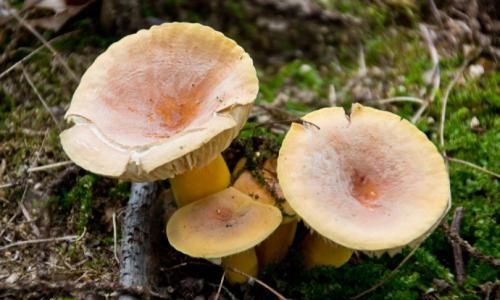
Understanding Shiitake Mushrooms
Before diving into the signs of spoilage, it’s essential to understand the basics of shiitake mushrooms. Native to East Asia, shiitake mushrooms (Lentinus edodes) are known for their umami-rich taste and meaty texture. They are cultivated on logs or in sawdust, and their caps can range from light brown to almost white, earning them the nickname “white snow mushrooms” when particularly pale. Fresh shiitake mushrooms should have a firm, moist texture with a slightly earthy aroma.
Storage Conditions for Shiitake Mushrooms
Proper storage is the first step in preventing shiitake mushrooms from spoiling. Here are some best practices:
-
Temperature: Store shiitake mushrooms in the refrigerator at a temperature between 32°F to 41°F (0°C to 5°C). This cool environment slows down bacterial growth and extends their shelf life.
-
Humidity: Mushrooms need a bit of moisture to stay fresh. Place them in a paper bag or wrap them loosely in paper towels before refrigerating. Avoid using plastic bags, as they can trap too much moisture, leading to mold growth.
-
Air Circulation: Ensure there’s some airflow around the mushrooms to prevent mold and rot. Don’t crowd them in the fridge or stack them too high.
-
Prompt Use: Fresh shiitake mushrooms are best consumed within a few days of purchase. The sooner you use them, the fresher they will be.
Signs of Spoilage
Now, let’s delve into the specific signs that indicate shiitake mushrooms have gone bad. Pay close attention to the following aspects:
-
Appearance
-
Discoloration: Fresh shiitake mushrooms have a uniform color, typically ranging from light brown to white. If you notice dark spots, mold, or a significant change in color, it’s a sign that the mushrooms have started to spoil.
-
Sliminess: Touch the mushrooms gently. Fresh ones should feel firm and slightly moist. If they feel slimy or sticky, this is an indication of bacterial growth, and the mushrooms should be discarded.
-
Shrinkage and Wrinkling: Over time, mushrooms lose moisture and may shrink or develop wrinkles. While mild shrinkage is normal, excessively dried-out or wrinkled mushrooms are a sign of aging and potential spoilage.
-
Softness and Mushiness: Mushrooms should have a firm texture. If they feel soft or mushy, especially if accompanied by discoloration or an off odor, they have likely spoiled.
-
-
Odor
-
Earthy Aroma: Fresh shiitake mushrooms have a subtle, earthy smell that’s pleasant and indicative of their natural state.
-
Strong, Unpleasant Odor: As mushrooms spoil, they develop a stronger, often unpleasant odor. This can range from a sour, vinegar-like smell to a musty, moldy aroma. If your mushrooms smell off, it’s best to discard them.
-
-
Texture
-
Firmness: Fresh shiitake mushrooms should be firm to the touch. If they feel soft, spongy, or collapse easily when pressed, they are likely past their prime.
-
Sticky or Wet Surface: A slimy or wet surface indicates the presence of bacteria or mold. Even if the mushrooms don’t look moldy, the sliminess is a clear sign of spoilage.
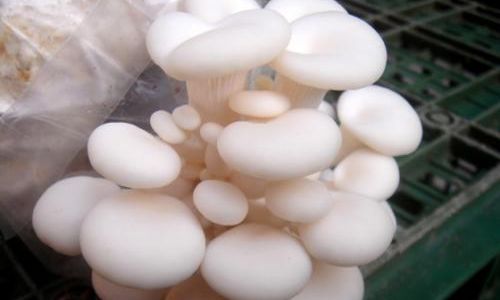
-
-
Mold Growth
-
Visible Mold: Any visible mold on the surface of shiitake mushrooms is a definitive sign of spoilage. Mold can appear as white, green, black, or blue patches and spreads rapidly. Discard any mushrooms with visible mold immediately, as mold spores can contaminate other food items in your fridge.
-
Mold Underneath the Cap: Sometimes mold can grow on the underside of the mushroom cap, especially if the mushrooms were stored in a humid environment. Always inspect both sides of the mushroom before use.
-
-
Date Labels
-
Use-By Date: If you purchased packaged shiitake mushrooms, check the use-by date on the package. While this isn’t always a foolproof indicator of freshness (especially if the package has been opened), it can give you a general guideline.
-
Best Before Date: This date indicates when the mushrooms are likely to be at their best quality. After this date, the mushrooms may still be safe to eat but may have lost some of their freshness and flavor.
-
Handling and Disposal of Spoiled Shiitake Mushrooms
If you determine that your shiitake mushrooms have spoiled, it’s important to handle and dispose of them properly to prevent cross-contamination:
-
Double-Bagging: Place the spoiled mushrooms in a sealed plastic bag and then into another sealed bag. This minimizes the risk of mold spores or bacteria spreading to other food items.
-
Immediate Disposal: Dispose of the spoiled mushrooms in the trash immediately. Do not compost them, as moldy or spoiled food can attract pests and spread contamination.
-
Cleaning Surfaces: Thoroughly clean any surfaces or utensils that came into contact with the spoiled mushrooms using hot, soapy water.
-
Washing Hands: Always wash your hands after handling spoiled food to prevent the transfer of bacteria or mold spores to other food items or surfaces.
Preventive Measures
To minimize the risk of shiitake mushrooms spoiling, follow these preventive measures:
-
Buy in Moderation: Purchase only the amount of mushrooms you plan to use within a few days to avoid storing them for too long.
-
Proper Storage: Always store shiitake mushrooms in the refrigerator under the recommended conditions.
-
Inspect Before Use: Before cooking or consuming shiitake mushrooms, inspect them carefully for signs of spoilage.
-
Consume Promptly: Use fresh shiitake mushrooms as soon as possible after purchase to ensure maximum freshness and flavor.
Conclusion
Shiitake mushrooms, or white snow mushrooms, are a delightful and nutritious addition to many dishes. However, their perishable nature means they can spoil quickly if not stored or handled properly. By understanding the signs of spoilage—such as discoloration, sliminess, unpleasant odor, soft texture, and mold growth—you can ensure you only consume fresh, high-quality mushrooms. Proper storage, prompt use, and careful inspection are key to maintaining the freshness and safety of your shiitake mushrooms. Remember, when in doubt, throw it out to avoid potential health risks and enjoy the best that nature has to offer.
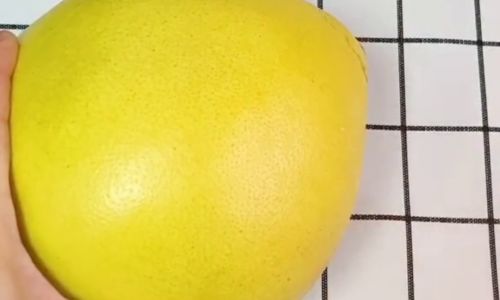
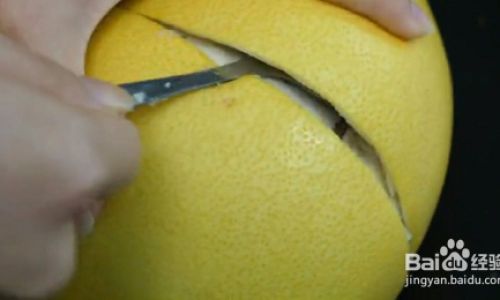
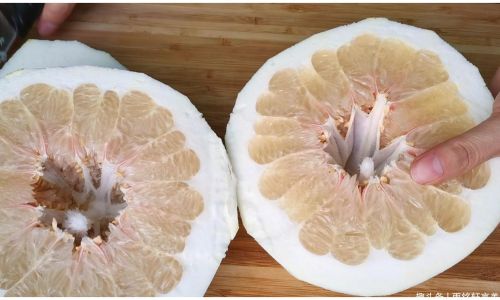
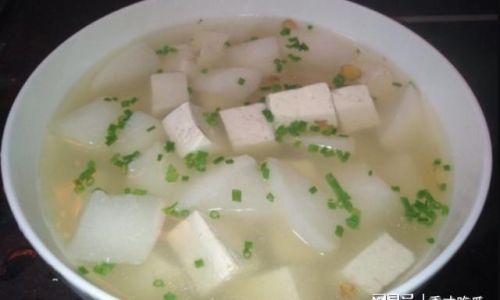
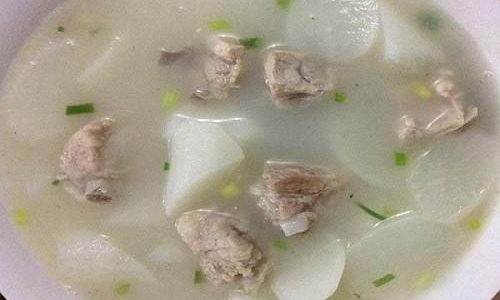
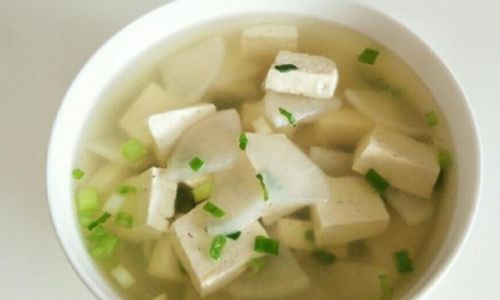
0 comments